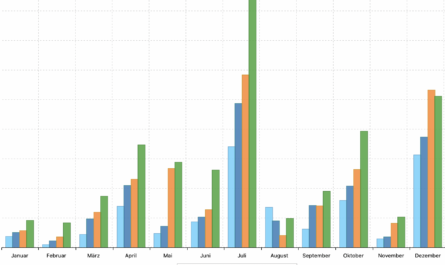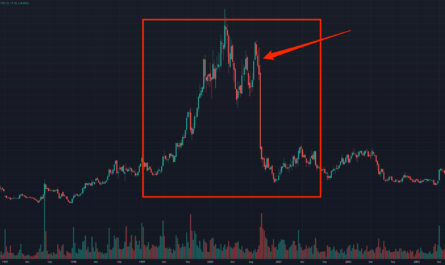Actually, investing money on one’s own responsibility is not difficult. Anyone who has taken the trouble to look into the subject in a few hours of research, has put together his or her first ETF strategy and has put it into practice fully automatically by standing order and savings plan, actually only rarely needs to worry about it – especially if you invest in a single product whose risk ratio does not need to be rebalanced later on over the years.
Nevertheless, many shy away from this one-time effort and prefer to rely on their bank advisor. Many people are not aware that this advisor cannot always act without a conflict of interest due to commissions and in-house products and, on top of that, often sells products that are far too expensive. The smart move to a fee-based advisor is also rarely made for cost reasons.
Digital investment adviser
For a few years now, there has been another option for getting completely digital advice away from human asset managers and without basic knowledge: Robo Advisors. A robo advisor* is a digital investment advisor that invests its investors’ money on the capital market in a completely automated way using a predefined system and an algorithm. Often, all that is needed is to answer a few questions about risk tolerance and wealth. Based on these, the robo advisor then determines how to allocate and invest the money in different asset classes – usually in shares, bonds and commodities.
In the background, a securities account is then created for the investors after approval and the money is invested, which even works on a monthly basis via a savings plan. The robo advisor then takes care of the purchase, and later makes reallocations to bring the previously determined risk appetite back into proportion if individual asset classes have diverged too much.
The advantage: The investor does not need to take care of anything. The product selection is carried out by the digital asset manager, as are the purchases and sales. This largely eliminates human emotions and errors and is a cheaper and more efficient option than accepting the same service from a classic financial manager on a commission basis.
Compared to classic ETFs, however, they do not perform better, especially if you invest for the long term. Broadly diversified ETFs always converge with the average market development over decades, whereas this can readily deviate more strongly with an active investment. Over the long term, no one has ever actively beaten the market.
ETFs remain the tool of choice
From a mere yield perspective, ETFs are therefore still preferable. This is all the more true when you compare the costs between the two options. A classic ETF often has a TER of only 0.2%, while a robo advisor has a management fee of 0.75% to even 1.0% per year. These differences can have a significant impact on the actual return over time. On the other hand, robo advisors do not charge any additional trading costs for buying, selling and executing savings plans. With classic ETFs, these are usually incurred, unless you manage your securities account with a neobroker such as Scalable Capital* or Trade Republic*.
Overall, the performance of both a robo advisor and classic ETFs depends on many factors – including the individual investment strategy, the duration of the investment and market conditions. In any case, a simple ETF strategy is always preferable for cost and performance reasons. However, for those who are absolutely unwilling to invest themselves and take responsibility for their hard-earned money, a robo advisor can be a good alternative.
A robo advisor is often cheaper than advice from the house bank and you can invest broadly in different financial products, which improves the chances of returns, especially compared to overnight or time deposit accounts. However, they will not ensure that you earn above-average money, nor will they protect you from a stock market crash.
Summary
The choice between a robo advisor and classic ETF depends on personal preferences and goals. Robo advisors offer a convenient and cost-effective way to invest in the financial markets, while classic ETFs give investors more control and flexibility. Costs and performance are important factors in the decision, and it is advisable to carefully consider both management fees and the individual investment strategy. Regardless of the choice, it is important to think long-term and always keep your investment goals in mind.
- Campus Verlag GmbH
- Souverän investieren mit Indexfonds und ETFs: Wie PrivaBräunenleger das Spiel gegen die Finanzbranche gewinnen, plus E-Book inside (ePub, mobi oder pdf)
- ABIS-BUCH
- Gelb
- Kommer, Gerd (Author)
Letzte Aktualisierung am 2024-07-21 at 04:17 / Affiliate Links / Bilder von der Amazon Product Advertising API







